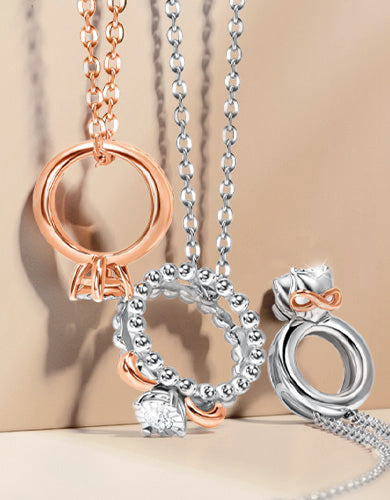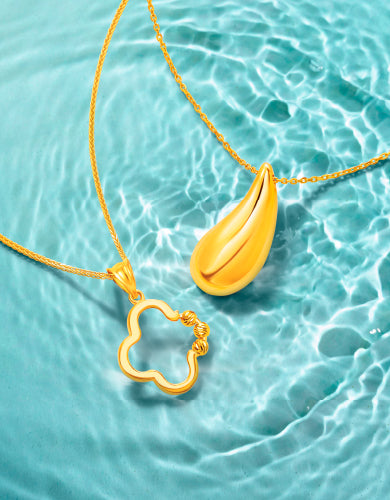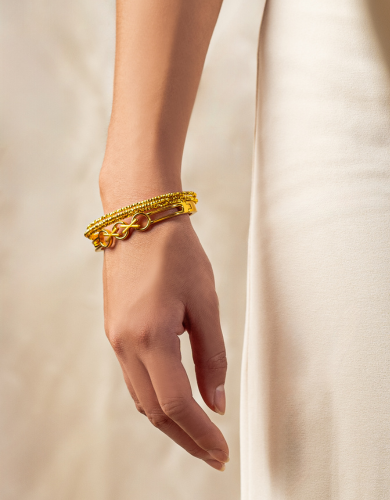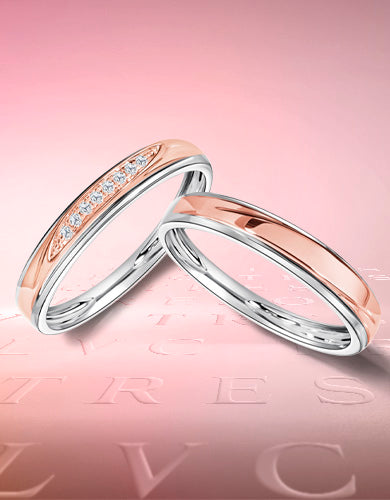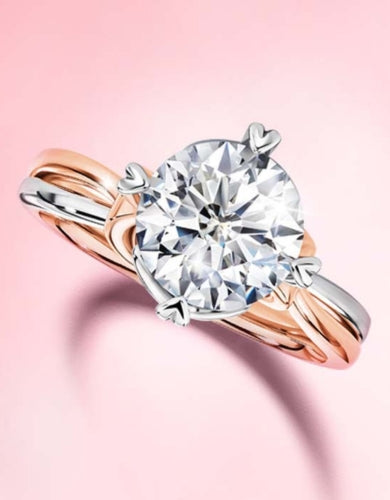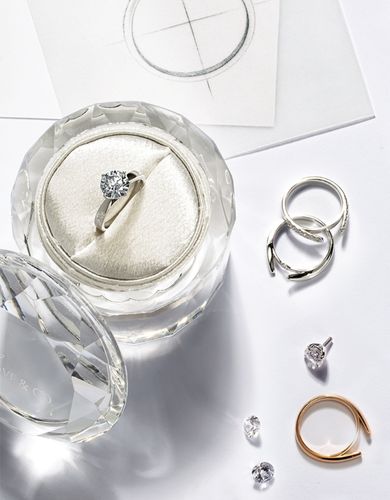History of Diamonds
Before we get started on lab grown diamonds and their origins, it is important to appreciate the histories of lab grown diamonds and natural mined diamonds – and to see that their path to popularity shares a similar one.
For a start, the name “Diamond” is derived from the Greek word adamas, which translates to “unconquerable.” This symbolic meaning lends itself well to the diamond’s historic commemoration of eternal love.
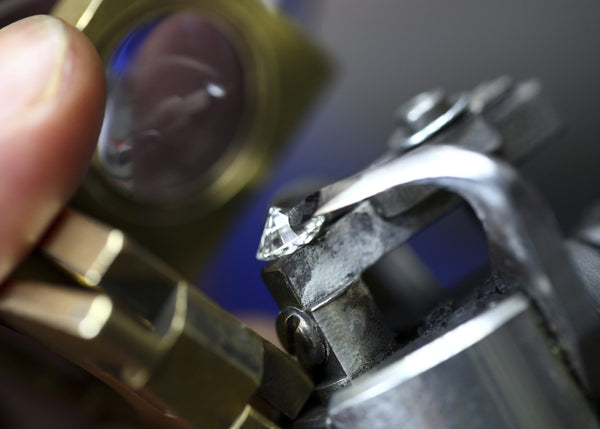
History of the Earliest Mined Diamond
The earliest mined diamonds were discovered in India in the 4th century B.C, found along major trade routes between India and China. Since then, they have been prized for their beauty and durability. They started to gain popularity in the 19th century, where a man named Erasmus Jacobs discovered a 21 carat diamond along South Africa – which ultimately led to the opening of the Kimberley Mine, also known as the “Big Hole.”
Attempts made to grow Lab Grown Diamonds
In 1879, just when diamonds were beginning to gain popularity within the European market – a man named Henri Moissan, attempted to simulate the pressure and temperature needed to turn graphite into diamond. He failed to a certain extent – but created a new substance called Moissanite – one of the prevailing diamond simulants today.
General Electric (GE) Diamond Project
In 1954, General Electric achieved the first commercially successful creation of a diamond. While this was a big breakthrough, what was produced then was a far cry from the sparkly gemstones you see today. The diamonds were yellow, brown, opaque, and fairly small. However, they were still inherently valuable because aside from them being used as gemstones, diamonds’ physical properties make them excellent materials for industrial and commercial usage.
Gem Quality Lab Grown Diamonds
General Electric was again at the forefront of the lab-grown diamond technology in 1970, and they subsequently created the first gem-quality diamond in their lab. This allowed them to grow gem-quality stones, of around 1 carat in size, compared to the previous batches which were much smaller in size and weight. However, a disadvantage was that they were always yellow to brown in colour and had multiple inclusions.
Today - Where are We
It was only until almost 40 years later that GE’s experiments to grow quality lab grown diamonds were accessible to create and became commercially available. The process was long and tedious, with innumerable trials and alterations. Hence, it is important for us to celebrate this scientific and technological landmark!


